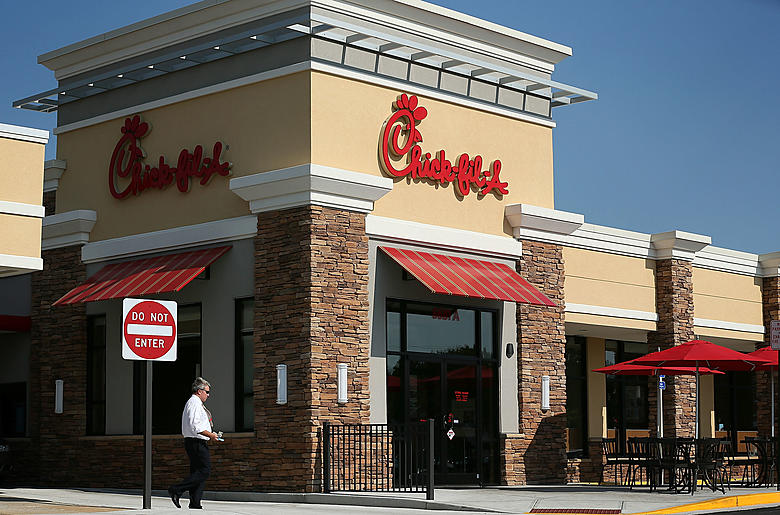Introduction
Chick-fil-A, the beloved fast-food chain renowned for its tasty chicken sandwiches and exceptional customer service, has been a staple in the American fast-food industry for decades. However, there has been speculation and curiosity surrounding the company’s name change. In this comprehensive guide, we delve into the question: How did Chick-fil-A change their name? We explore the reasons behind the change, the process involved, and the impact on the brand.
Understanding Chick-fil-A’s History
Before delving into the name change, it’s essential to understand the history of Chick-fil-A. Founded in 1946 by S. Truett Cathy, the restaurant initially operated under the name “Dwarf House.” It wasn’t until 1967 that the first Chick-fil-A restaurant opened in Atlanta, Georgia. Since then, Chick-fil-A has grown into one of the most recognizable fast-food chains globally, known for its commitment to quality and service.
The Decision to Change the Name
In recent years, there has been growing societal awareness and discussions surrounding diversity, equity, and inclusion. Many companies have reevaluated their branding to ensure it aligns with modern values and sentiments. Chick-fil-A, recognizing the importance of inclusivity, decided to explore the possibility of changing its name.
Consultation and Market Research
Changing a brand’s name is a significant decision that requires careful consideration and extensive market research. Chick-fil-A engaged in consultations with branding experts, conducted surveys, and analyzed consumer feedback to gauge the potential impact of a name change. You can also read How to Improve Your Mental Health: Practical Strategies for Everyday Well-being
The Process of Rebranding
Rebranding involves more than just changing the name on signage and marketing materials. It requires a comprehensive strategy to ensure a smooth transition and maintain brand consistency. Chick-fil-A collaborated with branding agencies and internal teams to develop a rebranding strategy that reflected its values while resonating with consumers.
Announcing the Name Change
Once the decision to change the name was finalized and the rebranding strategy was in place, Chick-fil-A announced the name change to the public. The announcement was accompanied by a detailed explanation of the reasons behind the change and reassurance of the company’s commitment to its core principles.
Implementing the Name Change
Implementing a name change across hundreds of locations nationwide is a logistical challenge. Chick-fil-A developed a phased approach to implement the name change gradually. This involved updating signage, packaging, and digital assets while ensuring minimal disruption to operations.
Public Reception and Feedback
The public reaction to Chick-fil-A’s name change was closely monitored by both the company and industry analysts. While some customers expressed nostalgia for the old name, the majority welcomed the change positively, viewing it as a progressive step towards inclusivity.
Impact on the Brand
A name change can have a profound impact on a brand’s identity and perception. For Chick-fil-A, the name change represented a reaffirmation of its commitment to inclusivity and diversity. It also positioned the company as a forward-thinking brand that is responsive to evolving societal values.
Conclusion
In conclusion, Chick-fil-A’s decision to change its name was a strategic move driven by a desire to align with modern values and foster inclusivity. Through careful consultation, research, and implementation, Chick-fil-A successfully navigated the rebranding process, reinforcing its position as a leader in the fast-food industry. As consumers continue to prioritize brands that reflect their values, Chick-fil-A’s name change serves as a testament to its commitment to excellence and adaptation in a dynamic marketplace.




